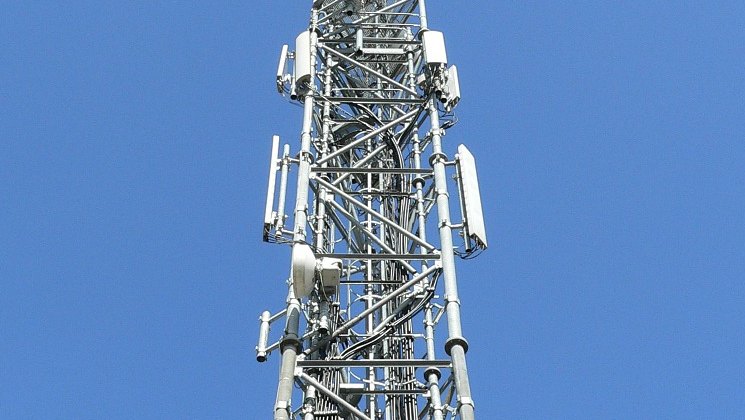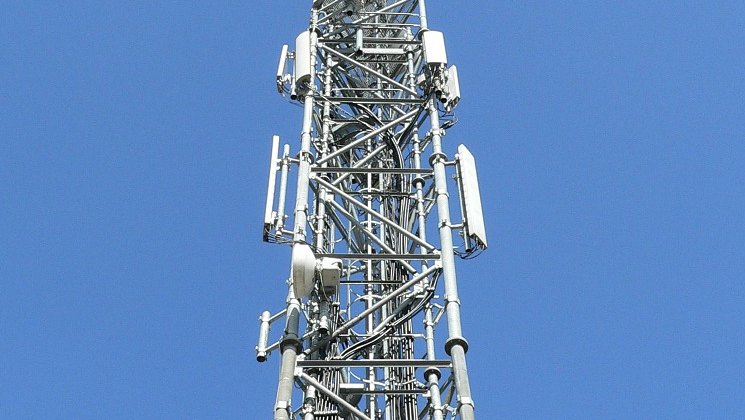The ABC reports fewer than one in two cells on NBN Co's fixed wireless internet towers can achieve "busy-hour" speed of 25 Mbps.
A recently published ABC news item says NBN's fixed wireless network is serving around 5 per cent of homes, in areas where NBN Co considers it too expensive to roll out fibre optic cable.
 Image: ResoneTIC
Image: ResoneTIC
In some locations, the speed situation has been particularly bad. A recently published Senate Estimates hearing transcript revealed NBN Co's fixed wireless network had 30 cells sitting on around 23 towers that were dropping below three megabits per second in peak times. The company has reportedly committed to having these particularly badly affected service upgraded by the end of this month.
It hasn't been an issue with the technology per se - fixed wireless internet has come a long way over the years and is now a robust connectivity technology. Lightning Broadband, an NBN alternative, can provide speeds of up to 200Mbps reliably and consistently over fixed wireless.
NBN Co's woes may be more of an issue related to what's known as contention ratios.
Contention ratio issues occur where a certain number of customers are assigned certain amount of bandwidth, on the premise that most of those customers won’t all be online at once and carrying out bandwidth intensive activities. However, when this does happen, speed can degrade to a crawl.
Copper Consequences
In other NBN-related news, outgoing NBN Co chief executive officer Bill Morrow has shared his thoughts on the challenges of transforming Australia's telecommunications industry - and had a bit to say about the continued use of copper in that transformation.
"While the use of the existing copper and pay TV networks has led to a faster network build and a lower cost-per-premises, there are consequences to this approach," states Mr. Morrow. "The first and most notable consequence is the maximum speed limitations of copper versus the previous fibre-based model."
Another consequence noted by Mr. Morrow of Australia having gone down the Multi-Technology Mix (MTM - some refer to it as Mixed Technology Mongrel) is in the last part of the network where copper is used, there is an increased fault rate and operating costs are higher compared to an all-fibre alternative.
Mr. Morrow's comments will only serve to fuel arguments from some that a second-rate NBN has been built in Australia.
NBN Co announced earlier this month that Mr. Morrow will be stepping down this year.



